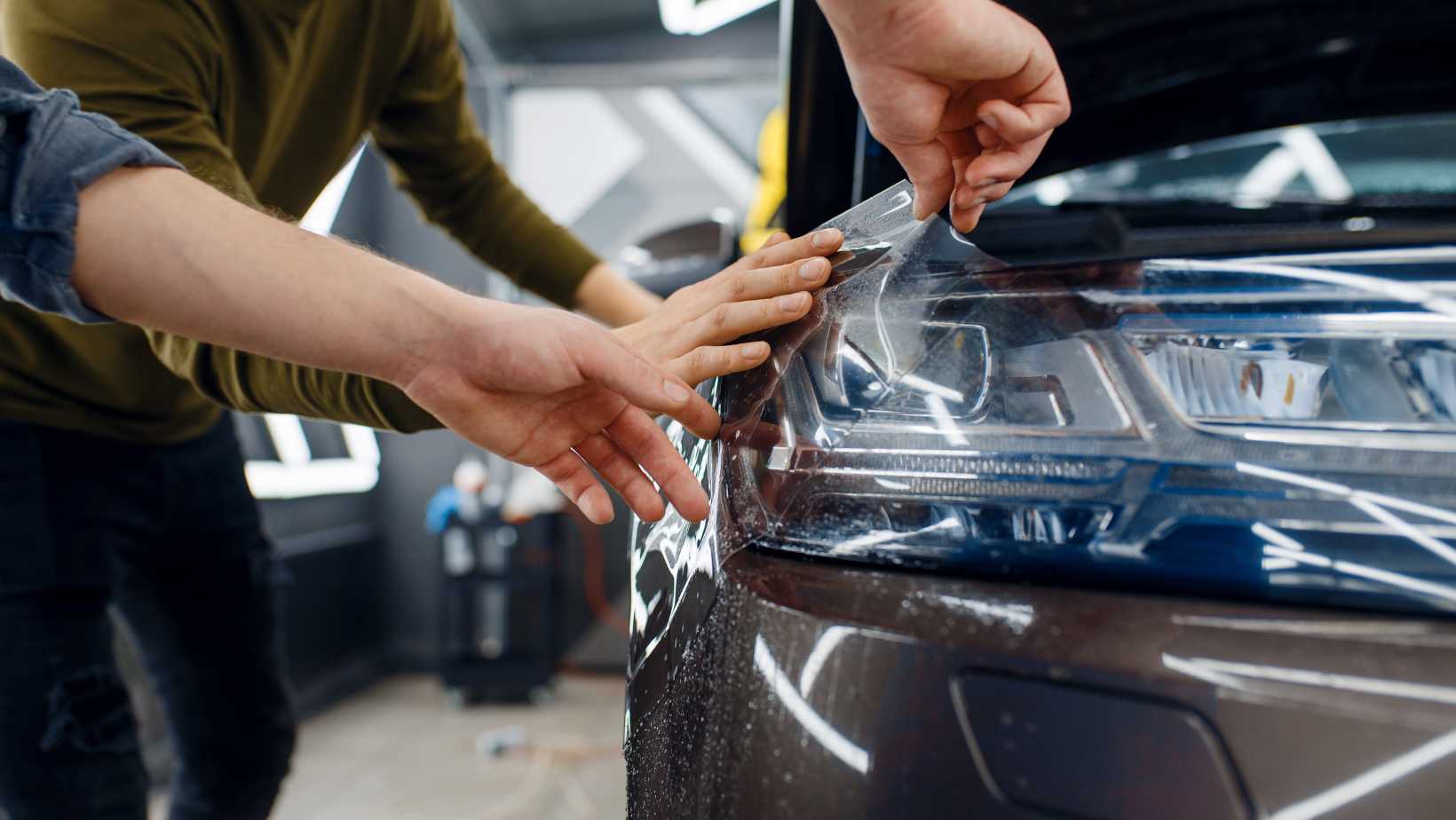
When it comes to car fender repair, the first step is assessing the extent of the damage. Small dents or scratches can often be fixed through techniques like paintless dent repair or touch-up painting. These methods are cost-effective and can quickly improve the overall look of your vehicle without replacing the entire fender.
Car Fender Repair
How to Identify Car Fender Damage
When it comes to car fenders, it’s essential to be able to identify signs of damage. Here are some key indicators that can help you determine if your car’s fender needs repair:
- Dents and Dings: One of the most common types of damage you may notice on your car fender is dents or dings. These can occur due to minor accidents, hailstorms, or even stray shopping carts in parking lots.
- Scratches and Scuffs: Another telltale sign of a damaged fender is visible scratches or scuffs on its surface. These can result from collisions with other objects or even brushing against abrasive surfaces like walls or bushes.
- Misalignment: If you notice that your car’s fender doesn’t align properly with the rest of the body panels, it could indicate underlying damage. Misalignment might be apparent when gaps appear between the fender and adjacent parts such as the hood or doors.
- Cracks and Fractures: In more severe cases, you might come across cracks or fractures on your car fender. These usually occur during high-impact collisions and require immediate attention as they can compromise the structural integrity of your vehicle.
Types of Car Fender Damage
Car fenders can experience various types of damage depending on the nature and severity of an incident:
- Cosmetic Damage: This type includes superficial issues like minor dents, scratches, and scuffs that don’t affect the functionality or safety of your vehicle but may impact its appearance.
- Structural Damage: Structural damage refers to more serious issues such as deep dents, extensive cracks, or misalignment that can affect the overall stability and safety features of your car.
- Rust and Corrosion: Over time, exposure to moisture and road salt can cause rust and corrosion on your car’s fender. This not only affects its aesthetics but can also weaken the metal, making it more prone to further damage.
When to Seek Professional Car Fender Repair
Knowing when to seek professional help for car fender repair is crucial in maintaining the safety and performance of your vehicle. Consider the following situations:
- Safety Concerns: If the damage affects the structural integrity of your car or compromises any safety features, it’s essential to have a professional assess and repair the fender promptly.
- Extensive Damage: When the damage is extensive, such as deep dents or significant cracks, attempting a DIY repair may not yield satisfactory results. In such cases, it’s best to rely on experienced technicians who have the expertise and tools required for proper repairs

DIY Car Fender Repair: Tools and Materials Needed
When it comes to car fender repair, having the right tools and materials is essential. Whether you’re fixing a small dent or replacing an entire fender, being prepared will make the process much smoother. In this section, I’ll walk you through the tools and materials you’ll need for a successful DIY car fender repair.
- Safety Gear:
- Safety goggles: Protect your eyes from flying debris while working.
- Gloves: Keep your hands safe from sharp edges and chemicals.
- Basic Tools:
- Socket set: A versatile tool for removing bolts and screws.
- Screwdriver set: Different sizes of screwdrivers for various fasteners.
- Trim removal tool: Helps in safely removing clips or trim pieces without causing damage.
- Rubber mallet or hammer with rubber tip: Ideal for shaping the fender back into place.
- Body Filler Supplies:
- Body filler (Bondo): Used to fill in dents or gaps in the damaged area.
- Mixing board/spatula: For properly mixing and applying body filler.
- Sandpaper (various grits): To smooth out the repaired surface.
- Paint Supplies:
- Automotive primer: Provides a smooth base for paint adhesion.
- Automotive paint (matched to your car’s color): Ensures seamless blending with the existing finish.
Remember, each car repair may have specific requirements depending on its make and model. It’s always recommended to consult your vehicle’s manual or seek professional advice if you’re unsure about any step of the process.
By gathering these essential tools and materials beforehand, you’ll be well-prepared to tackle your car fender repair project with confidence. Take your time, follow safety precautions, and enjoy the satisfaction of restoring your vehicle’s appearance on your own terms.






































